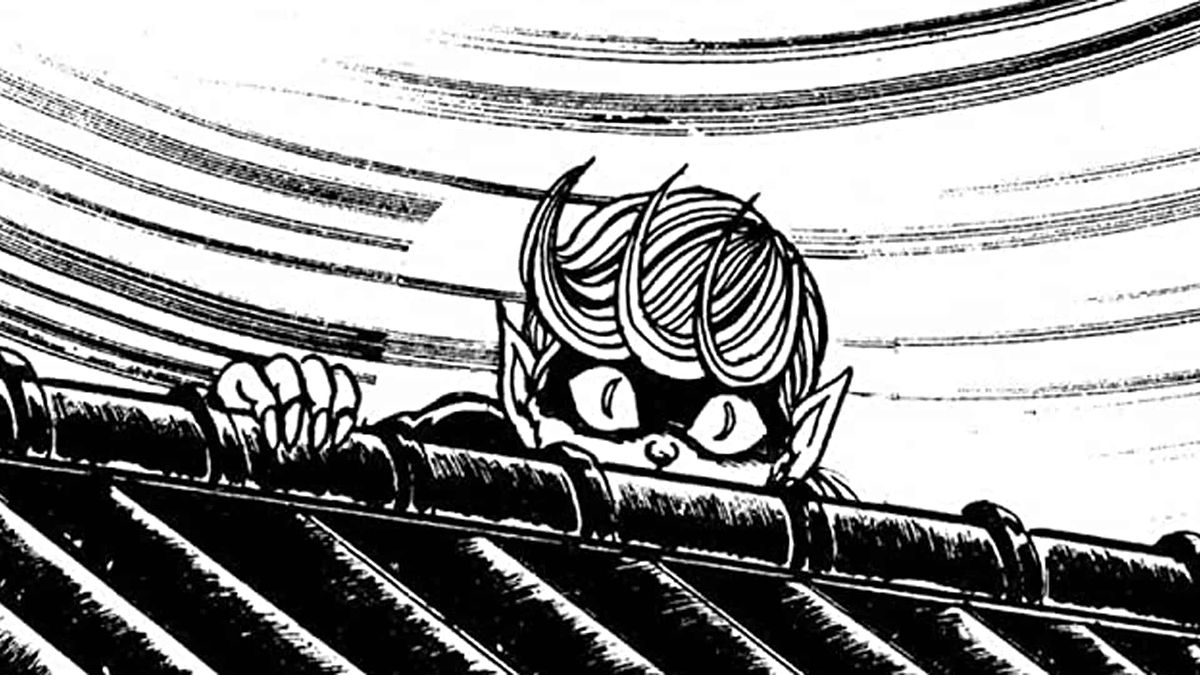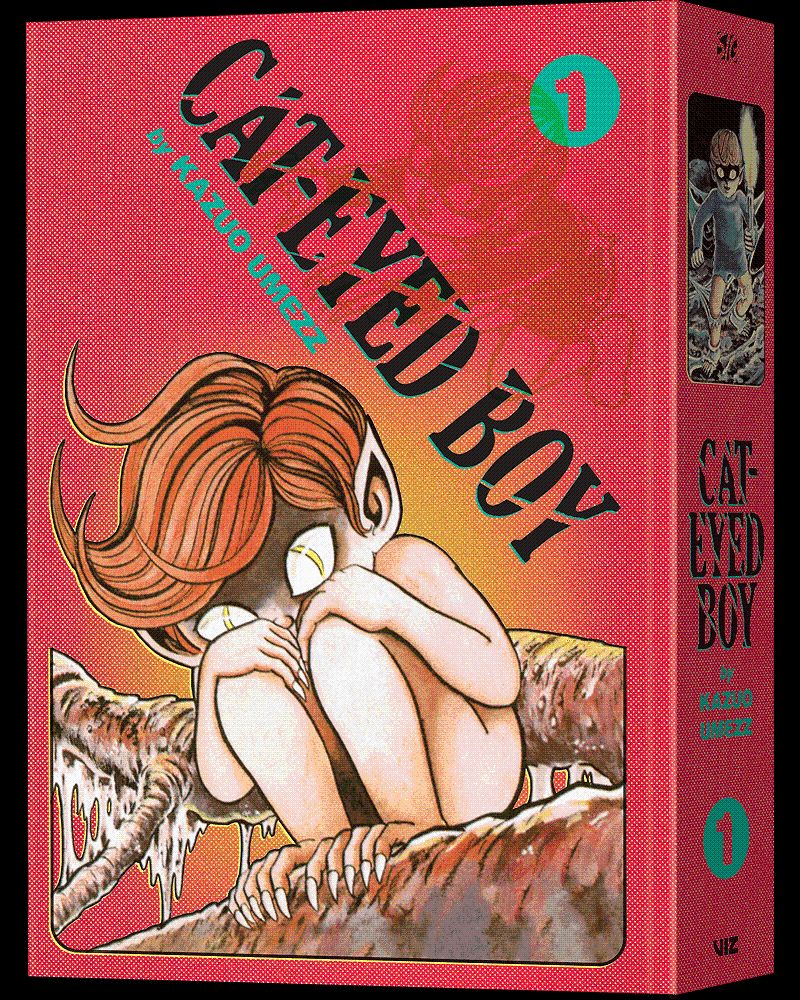Unveiling the Macabre Tales of Kazuo Umezz’s Cat-Eyed Boy

Explore the chilling and iconic horror manga of Kazuo Umezz’s Cat-Eyed Boy, featuring a mysterious protagonist and a collection of classic and eerie stories. Discover the lasting impact of Umezz’s work in the genre.
Unveiling the Macabre Tales of Kazuo Umezz’s Cat-Eyed Boy
In the realm of Japanese horror manga, few names are as revered as Kazuo Umezz. Known for his masterful storytelling and creation of iconic works like “The Drifting Classroom” and “Orochi,” Umezz’s unique vision continues to captivate readers. With the release of the deluxe edition of “Cat-Eyed Boy,” Viz Media pays homage to this horror pioneer, offering a collection of five classic and chilling stories.

( Credit to: Asianmoviepulse )
Originally published in 1967, “Cat-Eyed Boy” presents a series of tales featuring a mysterious and dangerous protagonist who lives among humans but hails from the world of demons. This enigmatic character, despised by both humans and monsters, serves as a narrator for the macabre stories within. While the anthology format may differ from Umezz’s other long-form works, it offers a fascinating glimpse into the twisted mind of the horror icon and showcases his influence on future genre maestros.

( Credit to: Asianmoviepulse )
One cannot help but draw parallels between Umezz’s “Cat-Eyed Boy” and the works of Junji Ito and Hideshi Hino, two renowned horror creators. The dark comedy present in Umezz’s protagonist resonates with Ito’s mischievous and otherworldly character, Souichi. Similarly, the story “The Ugly Demon” reflects Hino’s structure, featuring a socially outcast main character consumed by a desire to inflict suffering on others. With elements of shock value, including instances of animal abuse, Umezz’s storytelling aligns with Hino’s grim and nihilistic style.
These connections serve as a testament to the evolution of the horror genre and the lasting impact of Umezz’s work. Decades after its initial release, “Cat-Eyed Boy” continues to frighten and entertain readers, showcasing Umezz’s prowess as a storyteller. Each story within this deluxe edition holds its own appeal, devoid of any low points or weak narratives.
The only aspect that shows its age within this release is the visuals. While not lacking in artistic quality, the 1960s horror aesthetic may appear slightly less polished by today’s standards. The campiness and slight sense of fun in Umezz’s delivery can limit the intended shock value of the various reveals, even during the more graphic and sensational moments. Nevertheless, “Cat-Eyed Boy” perfectly encapsulates the entertaining and eerie essence of Umezz’s works, making it a must-read for fans of horror manga.
Viz Media’s commitment to shedding light on Kazuo Umezz’s works through this picturesque edition is a treat for horror manga enthusiasts, offering valuable insights into the genre’s history. However, for those seeking an entry point into horror manga, the collections by Junji Ito may be more suitable. That being said, “Cat-Eyed Boy” remains an essential read for those who crave spine-tingling entertainment and a deeper understanding of the genre’s roots.
As readers immerse themselves in the chilling tales of “Cat-Eyed Boy,” they will undoubtedly appreciate the enduring legacy of Kazuo Umezz and his indelible mark on the world of horror manga.




